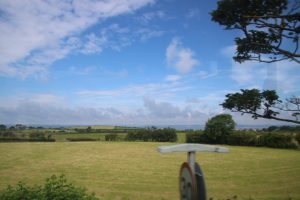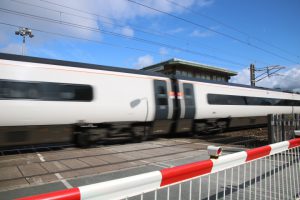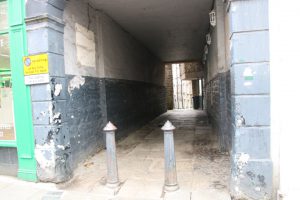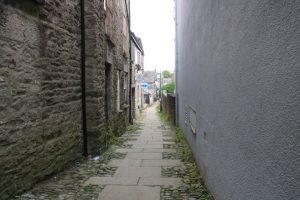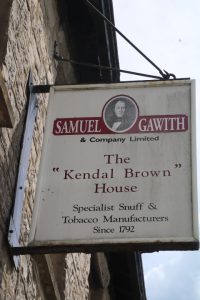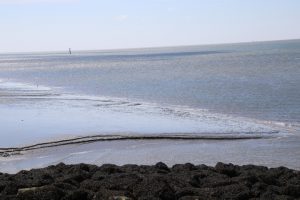Today we explored the Kendal area of the South Lakes by double decker bus. The 755 Heysham to Windermere and Bowness Pier via Carnforth and Kendal was our chosen transport and the brilliant thing was, for us, it was all for free!!
Clinging to Morecambe Bay at first the route eventually turns inland to reach Carnforth. Located at the intersection of three railway lines – the West Coast Mainline from London to Scotland; the East-West line to Leeds and the Cumbria Line to Barrow in Furness.
The town’s railway station is a shadow of its former self since the introduction of the tilting high speed electric trains on the West Coast Line, two platforms were removed. As these trains no longer stop here it is an awesome sight to witness them thundering through at over 100 mph. There is pressure being applied to reinstate the stop.
The station is largely a Visitors Centre with the restored Refreshment Room of the 1940s taking centre stage as a result of it being used as the setting for the fictional Milford Junction Station in the 1945 David Lean film ‘Brief Encounter’.
In pre-Covid times the film was screened throughout the day and information was available to visitors about the film, the cast and locations used. We noted an interesting point that as the town was far enough from major cities the enforcement of a blackout was not necessary even though it was still wartime. Shooting was necessary at night to add to the atmosphere of the black and white film. Unfortunately, at the time of our visit the Visitors Centre was not open.
The construction of the Lancaster Canal in 1797 industrialised the then rural community. Coal was transported here from Lancashire, limestone was quarried extensively on the edge of the town, iron ore from the Furness Peninsula was initially brought to the town by road and the migration of more than 1000 iron workers from a failed iron works in Dudley (West Midlands) led to the established of Carnforth Ironworks in 1846. The quarries still exist and parts of the canal are navigable by tourist barges. However, the site of the ironworks is now a Tesco supermarket and an industrial estate.
In Kendal we followed a history trail along steep streets where horses struggled to and from ‘The Yards’. Each yard would specialise in a particular product. Tanner’s Yard, for example, is the site of leather tanning mills, dye works, wool and leather warehouses and even a windmill. It is thought the Yards were built to defend the town’s workers and traders from the Scots.
Crossing the River Kent we found evidence of the Lancaster Canal.
The navigation is filled but there is still evidence of it operations. We found the Canal Agent’s Ticket Office/cottage where passengers purchased tickets for the Packet Boats (timetabled) for journeys to Lancaster and beyond.
The smell of snuff filled the air as we passed the long established snuff factory which shows the canal’s connection to the Caribbean.
Further along the filled-in canal is a canal road bridge designed by John Rennie with 19th century extensions for footpaths. The evidence of rope wear from horse drawn barges is on its supporting pillars.
By this afternoon’s end, on the Stone Pier, we were the closest to the sea we have been since we arrived!





